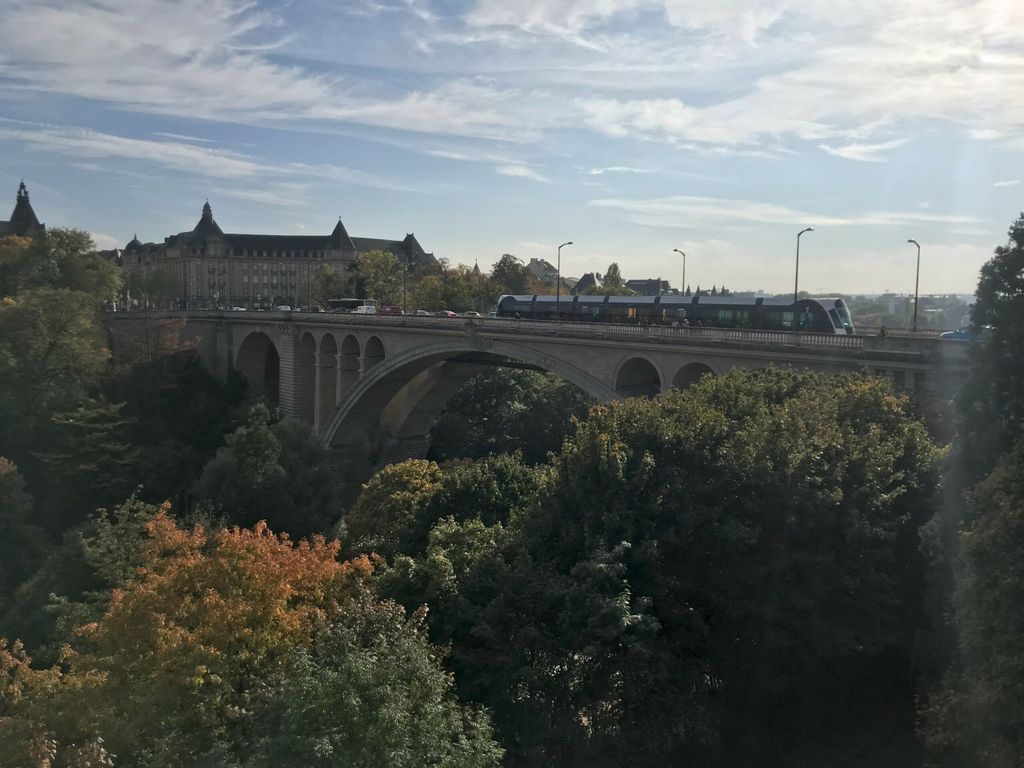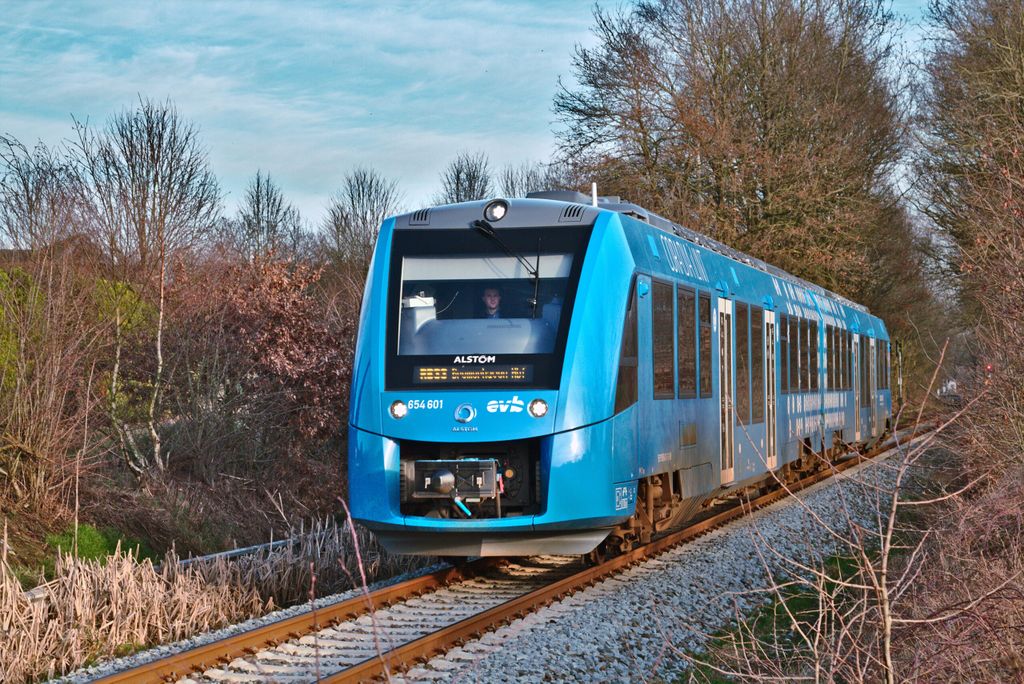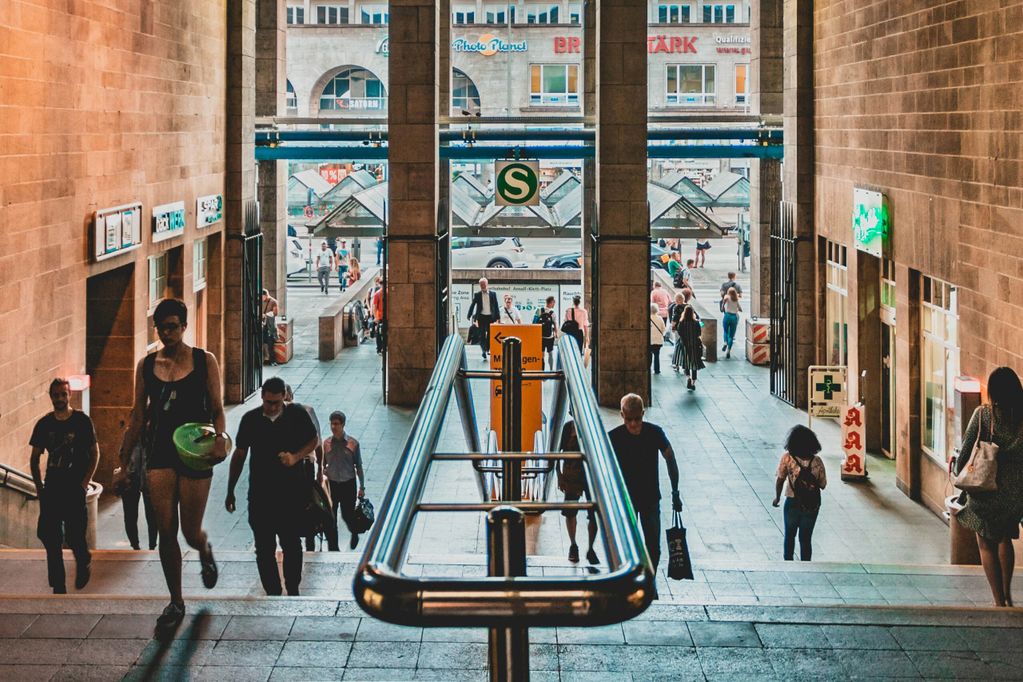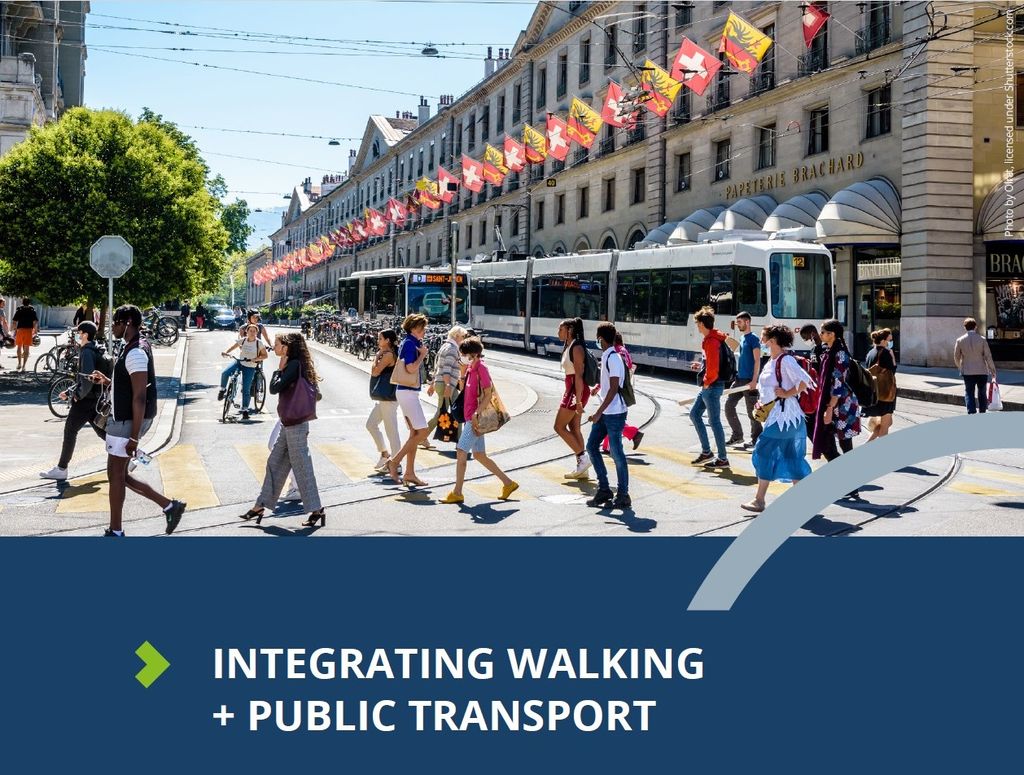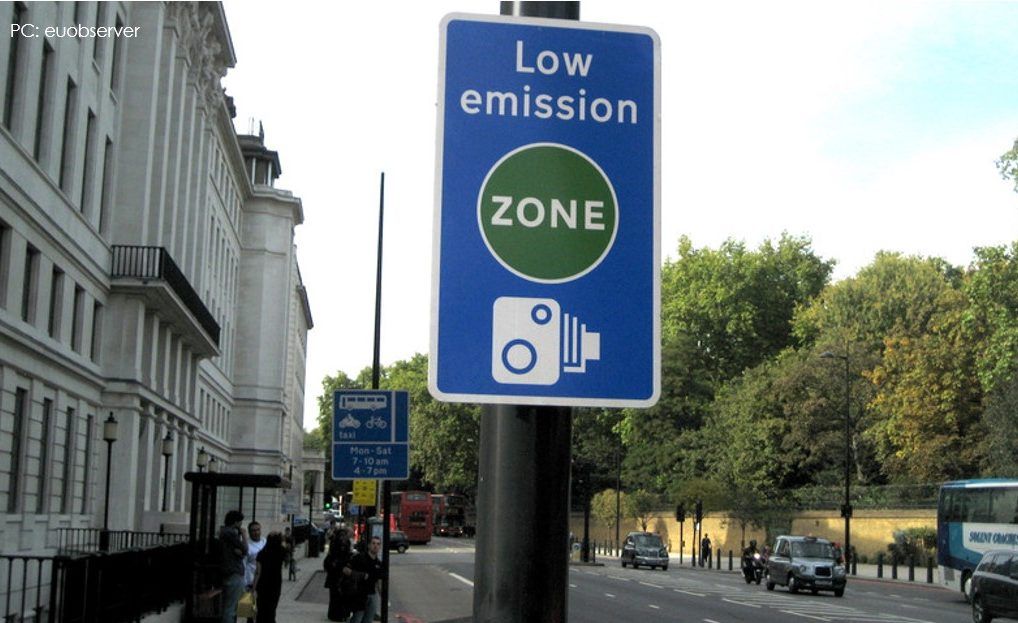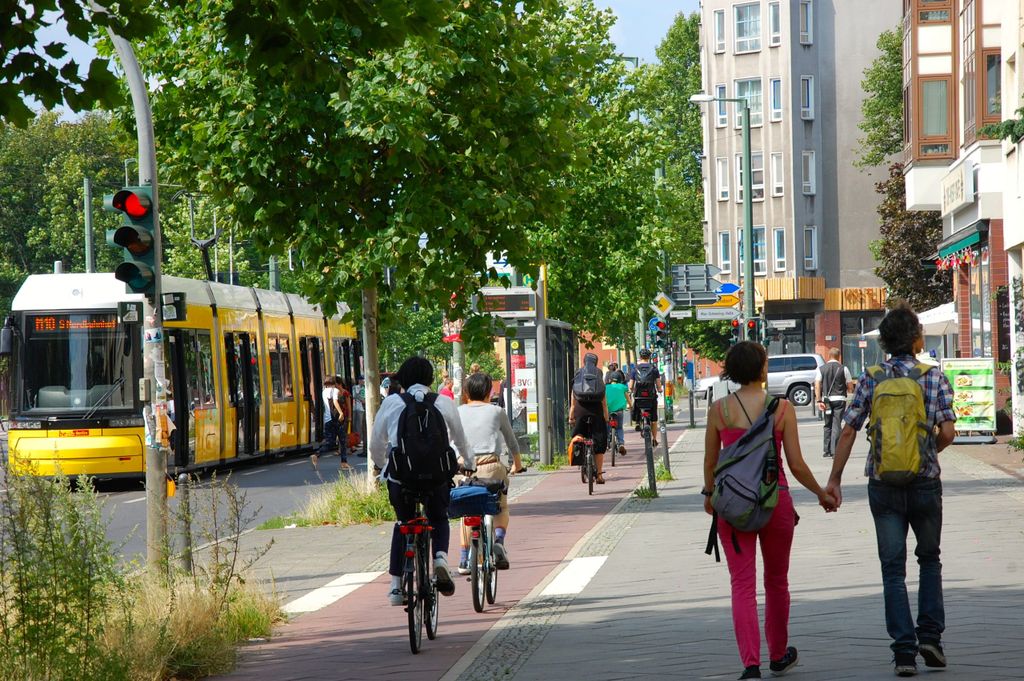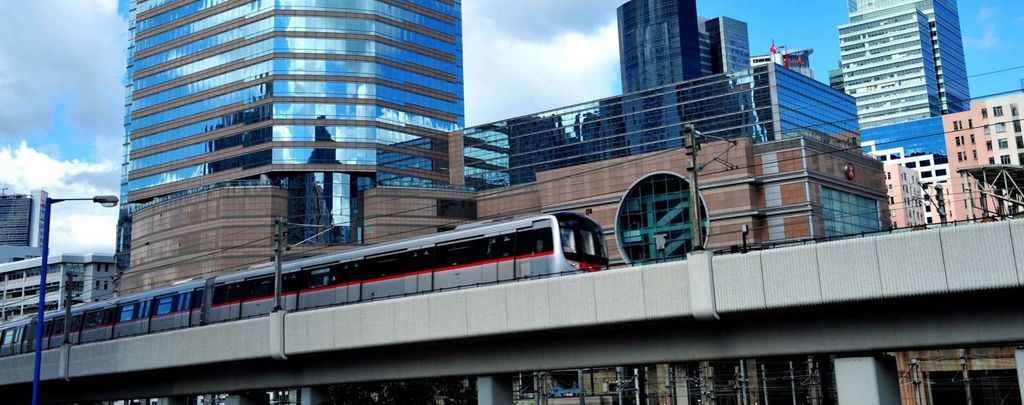
Asia-Pacific Conference 2020: Dr. Jacob Kam of MTR talks 'future of mobility'
Continuing the Digital World Tour
During these difficult times, collaboration, sharing, innovation and learning from each other is key to ensuring safe and efficient public transport. This is why, in the face of the ongoing pandemic, UITP has launched its Digital World Tour so that you can gather knowledge, global and local, from wherever you happen to be when you connect to our events online.
Our next stop in this series of digital and hybrid events from around the world: the Asia-Pacific Conference (22-23 October 2020).

Asia-Pacific Digital Conference 2020
This two-day online event will include a wide range of speakers from the public transport sector, both in the Asia-Pacific region, and beyond. The main theme of the conference is “Reinventing Urban Mobility for the World of Tomorrow”. Under this theme, a number of discussions and expert presentations will cover topics such as: autonomous, intelligent and connected public transport for the future, the challenges and opportunities for public transport revealed by the pandemic, green mobility, and many more.
To give you a sneak peek into the theme of the event we spoke with Dr. Jacob Kam, the CEO of MTR, who shared his thoughts on the event and talked about future and green mobility as well as the effects of COVID-19 on public transport systems.

UITP will hold its first Asia-Pacific Digital Conference under the theme of ‘Transport of tomorrow’. What do you imagine when you think of this theme?
Firstly, let me thank UITP, an important platform for the industry to share our knowledge, experience, and inspiration, for organising the Asia-Pacific Digital Conference. The theme is indeed very timely for all of us. Although our industry has been facing some tough challenges amid the COVID-19 pandemic, we also know that the transport services we provide are critically important to the communities we serve. Even though we work hard to provide safe and reliable mobility services today, we must prepare and plan well for the future to ensure that those services are sustainable and continue to meet the needs of our communities.
As CEO at MTR, I spend quite a bit of time thinking about, and planning for our future transport services. We are focusing a lot on a range of technological advances and developments because we see a lot of exciting opportunities to further improve our railway services and the way these services are integrated within the fabric of the city.
In the coming years, I expect that smart mobility will bring continual enhancement of the customer experience, and we will have smart maintenance and smart train services to further improve reliability and efficiency.
Mobility shapes the cities and societies in which we live, and the quality of life that we enjoy. We expect that high-capacity railways, coupled with extensive digitialisation and integration with last-mile connections will serve as the backbone of the urbanised and smart cities of the future.
In this perspective, what are the innovations applied by MTR today, which are crucial to build this ‘transport of tomorrow’?
For us at MTR, innovation and the application of new technologies are crucial for the sustainability and long-term growth of our businesses: from transport operations to projects. We also have to embrace the spirit of innovation in the way we behave and the way we work.
We are continually applying new innovations across different business areas and there will be a lot more to come but let me just mention a few recent examples.
In the early stage of the pandemic in March, we introduced automated Vapourised Hydrogen Peroxide Robots into our Hong Kong network to further enhance hygiene and health protection for passengers and staff. These robots conduct deep cleaning and decontamination in trains and stations by spraying disinfectant to eliminate viruses and bacteria.
Also, long before the outbreak of the pandemic, we have introduced Nano Silver Titanium dioxide (antimicroorganism) coating to frequently touched surfaces in order to raise the hygiene level of our railway.
Another important initiative we have launched this year is the transformation of our popular MTR Mobile into a new all-in-one lifestyle mobile app to allow passengers to enjoy smarter mobility and lifestyle services at their fingertips.
Another example of innovation is the asset Data Studio we have opened. It enables us to usher ourselves into a new era of Smart Maintenance/Smart Asset Management. This leverages on the vast amounts of data we generate every day, together with artificial intelligence (AI) and machine learning. It also offers capabilities to predict and prevent failures by visualising the data collected.
“In the coming years, I expect that smart mobility will bring continual enhancement of the customer experience, and we will have smart maintenance and smart train services to further improve reliability and efficiency.”
Designing and planning is a fundamental aspect to ensure a reliable and accessible service. Has MTR changed its approach to planning in this crisis?
At MTR, our mission is to Keep Cities Moving and our focus is `safety first, quality always’. Our approach to planning amid the pandemic has not changed. For COVID, in accordance with our risk-based regime, we triggered our response plan even before the first case was confirmed in Hong Kong and then quickly introduced additional, enhanced health and hygiene measures to protect our passengers and staff. As a major public transport provider, MTR has been at the forefront in the fight against COVID-19 but we also recognise that all of us in the community are in this situation together, so we need to work together to fight the virus. That is the only way the pandemic can be tamed, and the economy can come back strongly.
We have introduced measures over the past months to further support the community. These measures include a 20% fare reduction for passengers for six months from July, offering rental relief to our station and shopping mall tenants, providing face masks to underprivileged members of the community, and donating money to non-governmental and charitable organisations to support their efforts to help people in need.
Public transport is a human-centric industry. What is the role of the community in developing a system that works for them, and how can this role be improved?
In terms of the system development and planning in Hong Kong, the public transport planning is government-led and subject to multiple levels of public consultation. For new railway projects which are approved, we adopt a community approach starting from the design and planning stage and fully engage local stakeholders throughout the construction and commissioning processes, listening to their ideas and requirements and making appropriate adjustments.
There was a good example a few years back, when the alignment of the West Island Line project was changed to safeguard `tree walls’ that were highly valued by the local community. We changed the planned location for Kennedy Town Station and appointed an expert team to safeguard and preserve the tree walls, which I am happy to say are continuing to thrive today. The community are very important stakeholders, and we believe our responsibility towards them extends beyond the design of our network and the day-to-day services that we provide.
“The community are very important stakeholders, and we believe our responsibility towards them extends beyond the design of our network and the day-to-day services that we provide.”
MTR has always been a leader in implementing innovative financing initiatives. In this difficult context, how have these initiatives sustained, and are there any newly implemented tools?
The pandemic has been extremely challenging for all of us. One of the lessons that is emerging from this crisis is that the public transport industry needs to adopt or develop business models that give them more financial sustainability.
MTR was seriously impacted by the pandemic and we reported a loss for the first half of this year. Nonetheless, our financial health remains in good shape when compared with many of our counterparts in different parts of the world.
Our existing railway projects and property development businesses are moving ahead as planned. We are continuing to make significant investments to enhance our existing railway services. With regard to financing, as sustainability is a major objective of our corporate strategy, we are one of the pioneers in green finance in Hong Kong. Our recent US$1.2 billion 10-year Green Bond issued in August was the largest green bond issuance in Hong Kong and its success showed our green strategy is well supported by international investors.
Our integrated rail-plus-property (R+P) business model has provided us with long-term financial sustainability. We don’t only operate a railway network, we also build and grow communities along the alignment which provides us additional streams of revenue, for example, from property management and property development. We are certainly happy to share this experience with others. Looking forward, we do foresee opportunities for the private sector to play a greater role in supporting the expansion of railway networks around the world including the potential to make more use of value capture methods like R+P as well as Public-Private Partnerships (PPP), which we also have a lot of experience in to deliver new railway lines in Beijing, Hangzhou and Shenzhen as well as in Sydney.
Interested to hear more about the future of public transport and public transport in the Asia-Pacific region?




